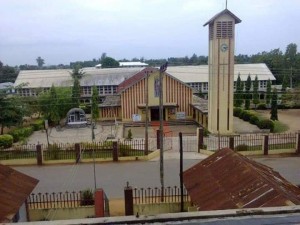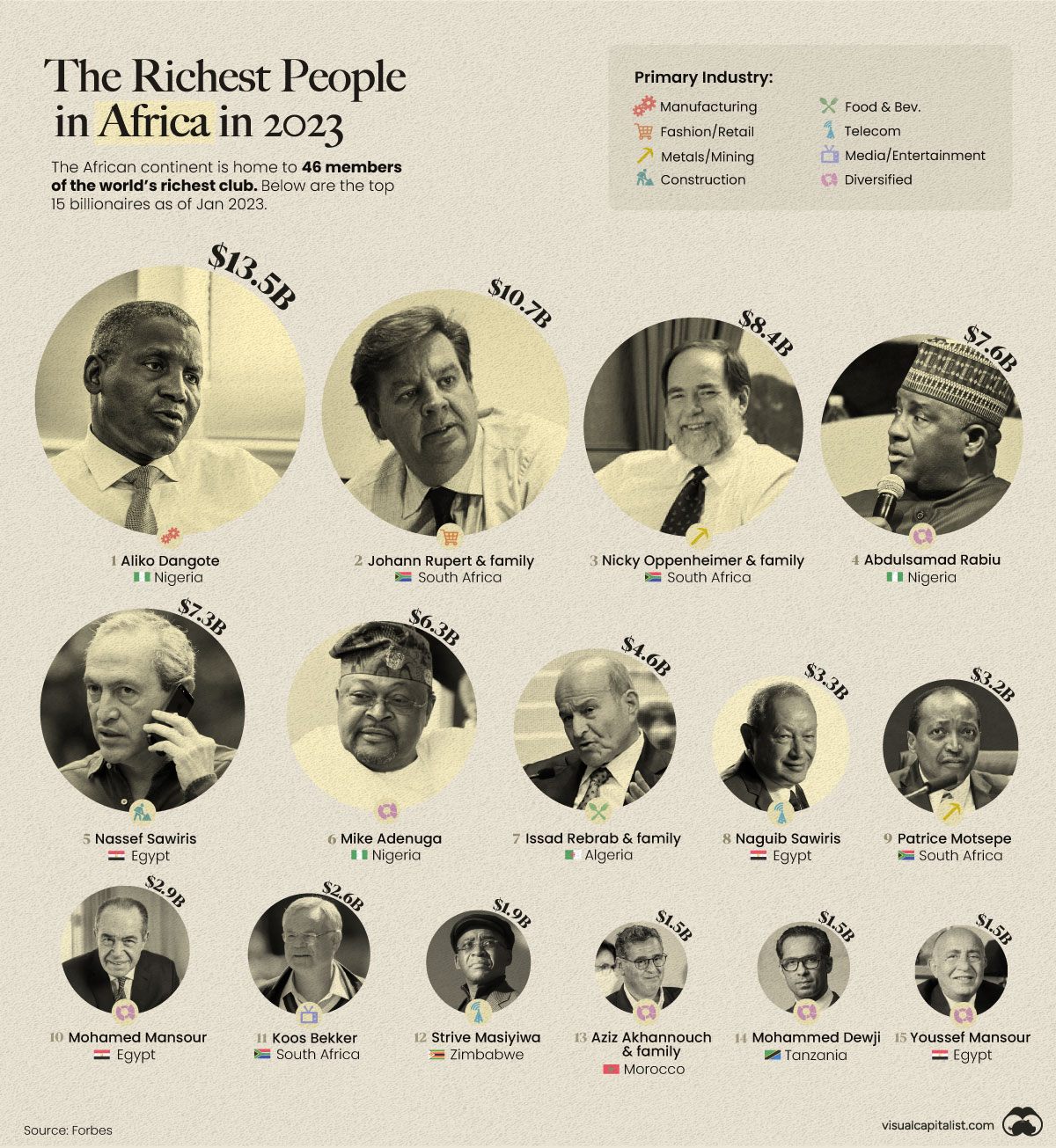
Ogoja; located some 400 kilometres away from Calabar at the extreme reaches of the Cross River, has boundary with Benue State to the north, Ebonyi State to the west, and Cameroon to the east. Made up of villages, hamlets and tribal units, Ogoja is endowed with an autonomous socio-political structure and linguistic diversity. Villages that form Ogoja in its present form include ishibori, Ekajuk, Mbube, Yala, Ukele, Bekwara, Boki, Obudu, Yache, Afrike, and Gabu. These loose tribal units were amalgamated by the coloniaiists into a political kingdom with headquarters in Ogoja. Over the years, the mini tribes developed a cultural and social affinity, leading to a level where anybody from any of the villages was simply referred to as an “Ogoja” man or woman.
Politics
The evolution of Ogoja as a political entity started in 1891, when British colonialists, for socio-political exigencies, amalgamated the villages to form a division alongside others like Abakaliki, Afikpo, Warri and Bonny, appointing commissioners to oversee the day-to-day administration of the divisions. In 1906, following the amalgamation of the protectorate of Southern Nigeria with the Colony of Lagos, there was a restructuring of the political landscape, which saw other divisions like Ikom, Abakaliki, Afikpo, and Obudu being merged with Ogoja to form Ogoja Province, with headquarters in Igoli. During that period, colonial officers like Col. Tfenchard and H.F. Matthews, in their bid to tighten their hold on the natives, appointed political upstarts as administrators of the place, sidelining the known chiefs and elders of the villages. Consequently, the people were subjected to a reign of terlor and exploitation. Forced labour was adopted to facilitate the building of churches, schools and roads, while young men and women were drafted from villages to igoli, the colonial headquarters, to facilitate the construction work. Igoiji thus witnessed a rapid population growth between 1900 and 1920 and became urbanized to meet the taste of the colonialist.
With the emergence of self-rule, places that hitherto were under Ogoja province were carved out and merged with other areas. Ogoja was merged with Calabar to form the South Eastern State, and later Cross River State. Paradoxically, while other places like Abakaliki, Warri, Calabar and Benin that were once under Ogoja province or had equal provincial status were metamorphosing into big towns and cities, Ogoja stood still and watched as its next door neighbour, Abakaliki expanded to become one of the- economic centres of the Wawa nation and capital of Ebonyi State, Warri grew to become a force in the Niger Delta, and Calabar\ expanded to become a city of note. Ogoja is still the Ogoja of old, famous in name but devoid of development. A story is told of a lady from Lagos who came to visit her boyfriend who took ill and was brought to Ogoja. When the taxi reached its destination and stopped at the Ogoja motor park, to the bewilderment of the driver, she demanded to be taken to Ogoja town and not the
village, unaware that she was in Ogoja.
Ethno-based agitations aimed at asserting the separate identity of the smaller groups, promptly sprouted with the Calabar-Ogoja-Rivers (COR) State Movement after Nigeria’s independence in 1960[i]. Ekpo also agitated for the Calabar and Ogoja states to he created out of the old Easter region[ii]. While Awolowo favoured the creation of Calabar-Ogoja-Rivers as one of the three more regions he wanted carved out for Nigeria, Azikiwe was not very keen on the creation of more regions[iii].
Economy
The distance between Ogoja and Calabar, the state capital, contributes to the stagnation of the area. A journey from Ogoja to Calabar takes about five hours in a good car. Political appointees or civil servants from the place find it strenuous to travel the long distance regularly. Abakaliki rice is actually produced in Ogoja, but processed in Abakaliki. Even at that, no farmer in Ogoja engages in industrial or mechanised farming. The agrarian nature of the place has ensured a high incidence of poverty as over 80 per cent of the population engage in subsistence farming. It is an interesting sight early in the morning to behold a throng of young girls, mostly underaged, carry bundles of firewood from the surrounding bushes on their heads to seek for buyers at a pittance to enable them buy the basic necessities[iv].
[i] Guardian December 16, 2013
[ii] Insider October 9, 2006
[iii] TELL May 26, 1996
[iv] The News March 5, 2007





















